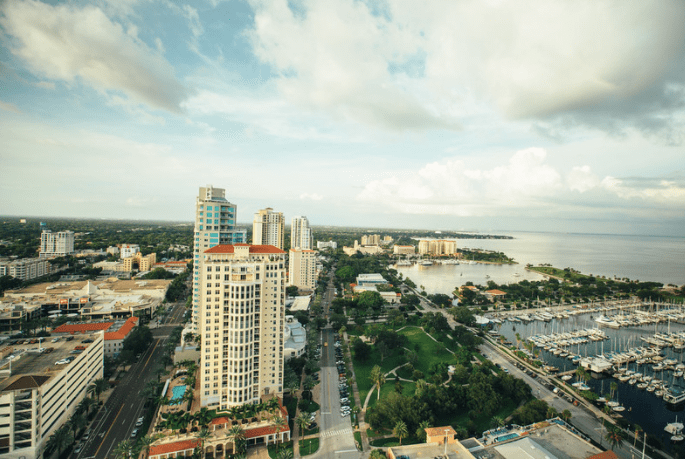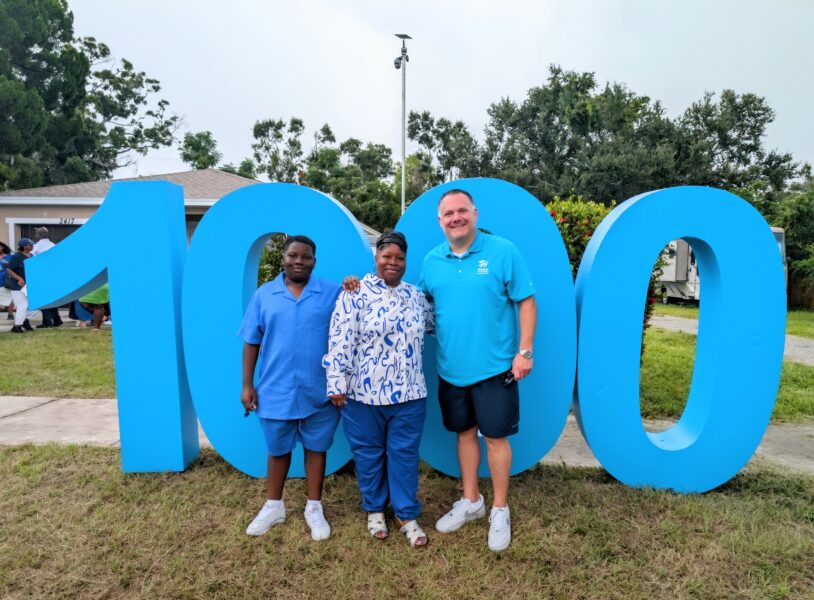Tampa and St. Petersburg rank high for overall real estate prospects

Despite setbacks from the Covid-19 pandemic, the Tampa-St. Petersburg area has ranked sixth among 80 communities nationwide as a market to watch for overall real estate prospects, and fifth for homebuilding prospects according to the Urban Land Institute and PwC’s Emerging Trends in Real Estate 2021.
The report, which highlights evolving trends shaping the real estate industry and includes data and insights from more than 1,600 real estate experts, called the Tampa Bay area a “magnet” with a strong economy that will continue to attract a wide range of businesses.
“Almost all the markets in the magnet category are growing more quickly than the U.S. average,” the report said. “In a sense, they are magnets for both people and companies.”
The pandemic has been a huge disruptor for the real estate market and has prompted a shift in where we work and where we choose to live. More people are working from home than ever before, meaning they’re not as tied to a certain geographic location, and many people are attracted to the Sun Belt states for the great weather and lower taxes. On the business side, cost-conscious companies will gravitate toward cities like St. Petersburg that are business-friendly and low cost with large, growing workforces.
Aside from issues surrounding Covid-19, the report also explored the connection between racial inequities and real estate. Among real estate professionals surveyed as part of the report, roughly 70 percent agree that the real estate industry can address and help end systemic racism – from promoting diversity, equity and inclusion within the sector, to looking for ways to develop underserved communities.
Along those lines, the report noted that affordable housing remains a major issue that has been accelerated by the pandemic. This is a focus area for the city of St. Petersburg through its “For All, From All” initiative launched in early 2020. It expands on existing programs and introduces new solutions for creating more affordable housing options, including multi-family housing, accessory dwelling units and single-family homes. In total, “For All, From All” is projected to impact 7,000 households, and 19,000 residents and will be funded through a combination of public and private sources.
In terms of retail growth, the report called the next few years “retail’s greatest transition period” as demand for larger retailers dwindles in favor of discount stores and online retail.
“Expect to see a much smaller physical retail presence and vast amounts of vacant space with lower rents,” the report said. “Top brands will take advantage of lower prices to upgrade their locations, while malls will leverage empty space to improve their tenant roster or convert to distribution centers for online retailers.”







